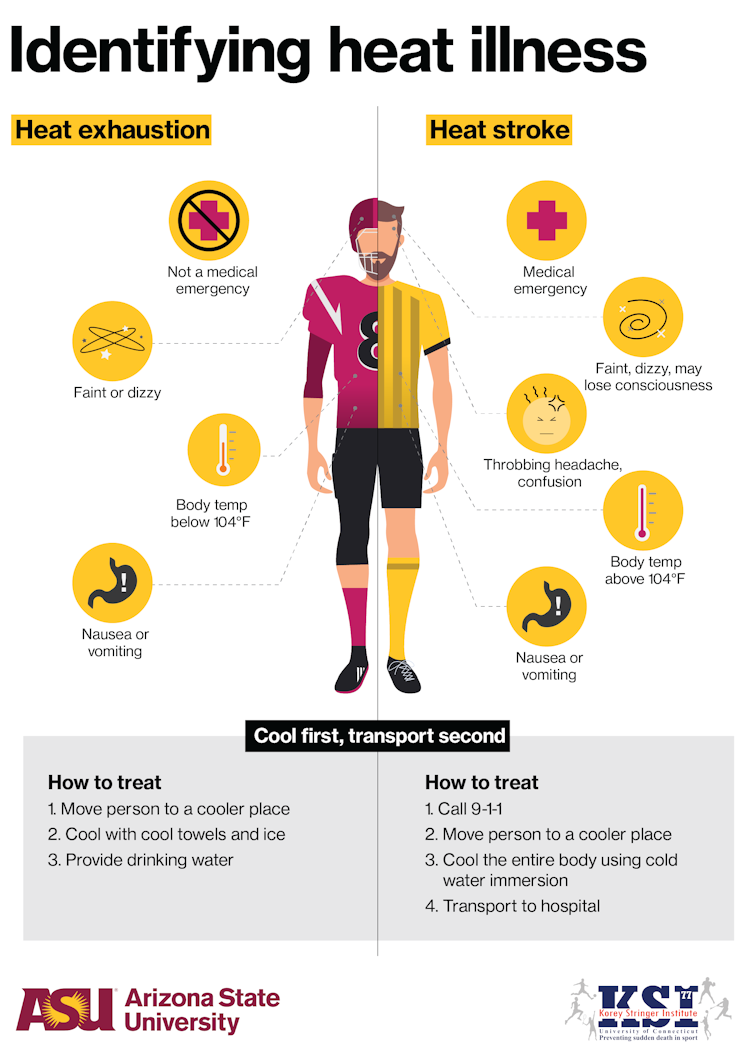
Halfpoint Images/Moment via Getty Images
Jamie Hartmann-Boyce, UMass Amherst
At the start of the pandemic, many people living with diabetes were wondering what COVID-19 meant for them. Diabetes was already known to put people at higher risks from other infectious diseases, including flu. Would it be the same with COVID-19? At the time, all scientists could do was make educated guesses.
In 2024, things look very different. A great deal more research is available, as well as effective vaccines, and life has in many ways returned to something like normal.
COVID-19 hasn't disappeared, however, and for the more than 400 million people living with diabetes worldwide, very real risks and impacts from the pandemic remain.
I specialize in drawing on and combining existing evidence to inform health policy across a range of areas. I've been studying COVID-19 and diabetes since the start of the pandemic and have experienced firsthand some of the many ways in which COVID-19 has affected people with diabetes. I've lived with Type 1 diabetes for the past 30 years. And at the start of the pandemic, I had a lot of questions about what COVID-19 meant for me.
Diabetes types defined
Diabetes is characterized by having higher than normal blood sugars. Different types of diabetes create this condition in varying ways.
Type 1 diabetes occurs when your body attacks the cells that produce insulin.
Insulin is the hormone that converts sugar into energy – without it, sugar remains in the blood, and the body is deprived of the energy it needs. Type 1 diabetes can be treated only by injecting insulin and is irreversible. If left untreated, Type 1 diabetes is fatal. There is no cure. No one knows for sure why some people get Type 1 diabetes and others don't.
By contrast, in Type 2 diabetes – by far the most common type – your body is still producing insulin but is less able to use it. People are more likely to get Type 2 diabetes if they are living with obesity. But people who aren't obese can also get Type 2 diabetes, and many people living with obesity never get diabetes.
Type 2 diabetes often runs in families. It can be treated in a range of ways. This includes weight loss for people living with obesity, changes to diet and exercise, and medications. In some cases, Type 2 diabetes can be reversed.
Type 1 diabetes is most likely to start in childhood or adolescence, and Type 2 diabetes is most likely to start later in life. However, older people can develop Type 1 diabetes, and children can develop Type 2.
There are other types of diabetes, too. Gestational diabetes develops in pregnancy and goes away after giving birth. As with Type 2 diabetes, the body is still making insulin but is less able to use it.
In general, diabetes is on the rise, with most of this being driven by Type 2. By 2050, it's estimated that 1.3 billion people will be living with diabetes worldwide.
Diabetes can damage many parts of your body, including your eyes, heart, blood vessels, nervous system, feet and kidneys. Blood sugar management and regular checkups can help reduce these risks.
Diabetes and COVID-19
In a 2023 study, my colleagues and I reviewed a wide body of literature to examine the extent to which people with diabetes were at increased risk from COVID-19, and whether some people with diabetes were at greater risk than others.
Overall, we found that people with diabetes were about twice as likely to get seriously sick with COVID-19 than people without diabetes. Evidence also consistently showed that people with diabetes were more likely to die from COVID-19 than people without diabetes.
Some people with diabetes appeared to be at greater risk than others. The higher people's blood sugar levels were before or during COVID-19 infection, the worse their outcomes were likely to be. In addition, risks generally seemed higher for people with Type 1 diabetes and people who used insulin.
There are several potential explanations. We know that having higher blood sugar levels makes it harder for people's bodies to fight infections. On average, blood sugar levels are higher in people with Type 1 than Type 2 diabetes. Infection can make blood sugar levels harder to manage.
People with Type 1 diabetes also tend to have lived with diabetes longer than people with Type 2 diabetes, and that might mean their bodies are less able to fight COVID-19 because of diabetes complications – for example, damage to their heart and kidneys.
Pandemic disruptions
The pandemic triggered wide-scale disruptions for people living with diabetes. Many found it harder to make appointments with their health care providers. Some found it harder to access their medications. For many people, diet and physical activity were disrupted, too.
We did a wide-ranging, systematic review of 139 studies in more than a million people to examine the impact of pandemic disruptions on people with diabetes. Evidence showed that people were more likely to die from diabetes during the pandemic than before it and were more likely to lose sight because of diabetes during the pandemic than before. People with diabetes need regular eye checkups to help protect their sight; these checkups often didn't happen during the pandemic, and people's vision suffered as a result.
We also found that young people with diabetes fared particularly badly. Children and adolescents with Type 1 diabetes were more likely to be admitted to the hospital with a life-threatening condition called diabetic ketoacidosis, which is when your blood turns toxic because you don't have enough insulin in your body.
Admissions to pediatric intensive care units for diabetes were higher during the pandemic than prior. It might be that people delayed seeking care, or were unable to access care, because of pandemic disruptions. That could mean that by the time young people with diabetes made it to a hospital, they were already really, really sick.
Looking forward
There is still plenty of reason for optimism, though. COVID-19 vaccines have markedly decreased the chances of dying or getting really sick from COVID-19, and in many countries, people living with diabetes have been prioritized for vaccines.
There are also developments in diabetes care. Improved diabetes management, whether it be through technologies such as insulin pumps or continuous glucose monitors, behavior changes or medications, can help reduce risk from COVID-19 and other infections.
Weight loss drugs may also play a role in diabetes prevention, but it's still too early to say for sure.
Time will tell what the long-lasting impacts of the pandemic will be. Diabetes complications can often develop many years down the line, so researchers like me may see more people suffering complications from diabetes five to 10 years from now as a result of challenges with diabetes management during the pandemic.
Regular monitoring, particularly of the groups most affected by the pandemic, is likely to help. Caught early, many diabetes complications can be successfully treated.
My team found that among people living with diabetes, women, young people and people from racial and ethnic minority groups were most likely to suffer ill effects from the pandemic. These are groups who may be more likely to struggle to access care, with insulin prices and access remaining a particularly critical issue.
Efforts to make insulin and health care more accessible can help improve diabetes outcomes before, during and after pandemics.
Jamie Hartmann-Boyce, Assistant Professor of Health Promotion and Policy, UMass Amherst, UMass Amherst
This article is republished from The Conversation under a Creative Commons license. Read the original article.



















































